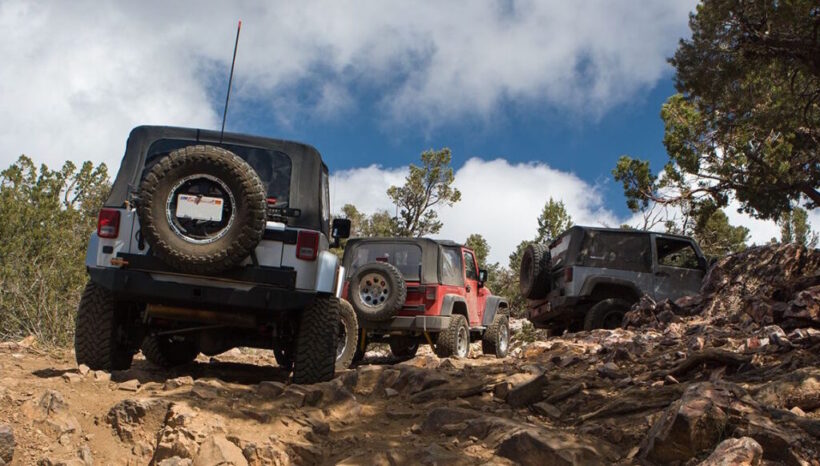Whether you’re a seasoned off-roader or a newbie, there’s nothing quite like the thrill of hitting the trails in your Jeep. With its rugged design and powerful capabilities, your Jeep is built to handle even the toughest terrain.
From rocky hillsides to muddy swamps, your Jeep can take you places other vehicles can’t. If you want to grab more information about Jeep’s mechanism and features for off-roading, check out offroadcare.com.
But before you head out on your off-road adventure, it’s important to be prepared. You’ll need to make sure your Jeep is equipped with the right gear and accessories to handle the challenges of the trail.
You’ll also need to brush up on your off-roading skills and safety tips to ensure a successful and enjoyable trip. In this article, we’ll cover everything you need to know to take your Jeep on the trail and have the ultimate off-road experience.
Preparing Your Jeep for Off-Road
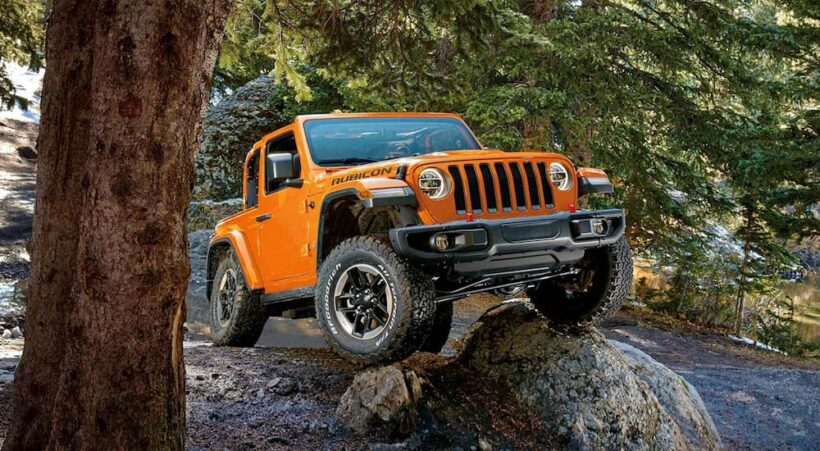
When planning to take your Jeep on an off-road adventure, it’s important to ensure it’s properly prepared. Preparing your Jeep for off-road will improve your vehicle’s performance and ensure your safety. Here are a few key areas to focus on:
Essential Gear
When you take your Jeep on the trail, you must be prepared for any situation. Here are some essential pieces of gear that you should always have with you:
Winch: A winch is an essential tool for any off-roader. It can be used to pull your Jeep out of a tight spot or to help another vehicle that is stuck.
Tow Straps: Tow straps can be used to tow your Jeep out of a ditch or to help another vehicle that is stuck. You should also make sure that you have the necessary accessories, such as D-rings or hooks, to attach the tow strap to your Jeep.
First Aid Kit: A first aid kit is something that you should always have with you when you are off-roading. Make sure that your first aid kit has all of the necessary items, such as bandages, antiseptic wipes, and pain relievers.
Tires and Wheels
The right tires and wheels can provide better traction, improve handling, and help prevent damage to your vehicle. Here are some things to consider:
- Tire Pressure: Lowering your tire pressure can improve traction and help prevent punctures. However, make sure you don’t go too low, as this can damage your tires or wheels.
- Tire Size: Bigger tires can provide better ground clearance, but they may require modifications to your vehicle’s suspension, steering, or brakes.
- Wheel Size: Larger wheels can also improve ground clearance, but they may weigh more and reduce your vehicle’s performance.
- Tread Pattern: Choose a tread pattern that matches your driving conditions. For example, mud-terrain tires are great for muddy or rocky terrain, while all-terrain tires are good for a variety of conditions.
Suspension and Lift Kits
Your Jeep’s suspension and lift kits are also important for off-road driving. Here are some things to consider:
- Lift Height: Choose a lift kit that matches your driving needs. A 2-3 inch lift is good for mild off-road driving, while a 4-6 inch lift is better for more extreme conditions.
- Shocks: Upgraded shocks can improve your vehicle’s handling and reduce vibrations.
- Springs: Stiffer springs can provide better load capacity and prevent sagging.
- Sway Bars: Removing or disconnecting sway bars can improve your vehicle’s articulation, but it may also reduce stability.
Skid Plates and Undercarriage Protection
Your Jeep’s undercarriage is vulnerable to damage from rocks, debris, and other obstacles. Skid plates and undercarriage protection can help prevent damage and keep your vehicle running smoothly. Here are some things to consider:
- Skid Plates: Install skid plates to protect your vehicle’s vulnerable areas, such as the oil pan, transfer case, and fuel tank.
- Rock Sliders: Rock sliders can protect your vehicle’s sides and rocker panels from damage.
- Differential Covers: Upgraded differential covers can provide better protection and cooling for your vehicle’s differentials.
Overall, preparing your Jeep for off-road driving requires careful consideration of your vehicle’s tires, wheels, suspension, and undercarriage protection. By taking the time to properly prepare your Jeep, you can enjoy a safe and exciting off-road experience.
Navigating the Trail
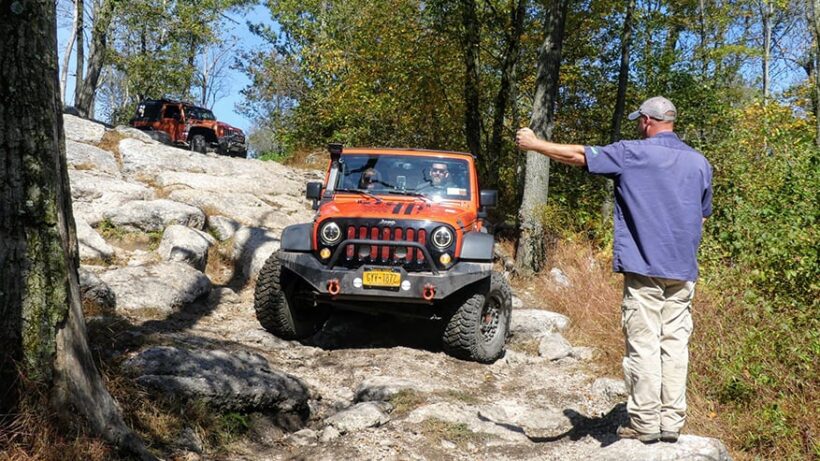
Navigating the trail can be challenging, but with the right tools and techniques, you can stay on course and enjoy your off-road adventure. Here are some tips for navigating the trail:
Map and Compass
Before you hit the trail, make sure you have a detailed map of the area you’ll be exploring and a compass to help you orient yourself. Study the map and identify key landmarks, such as mountains, rivers, and roads, that will help you stay on track. Use your compass to determine your direction of travel and keep track of your progress as you move along the trail.
GPS Navigation
If you’re using a GPS device, make sure you have a good signal and that your device is fully charged. Many off-road enthusiasts use GPS devices to track their location, plan routes, and find their way back to camp. Familiarize yourself with the device’s features and settings before you hit the trail, and be prepared to use it in conjunction with a map and compass if necessary.
Trail Markers
Look for signs, blazes, and other markers that indicate the direction of the trail and warn of hazards. Some trails may have color-coded markers or symbols that help you stay on course. If you’re not sure which way to go, stop and look for markers or consult your map and compass.
Trail Etiquette
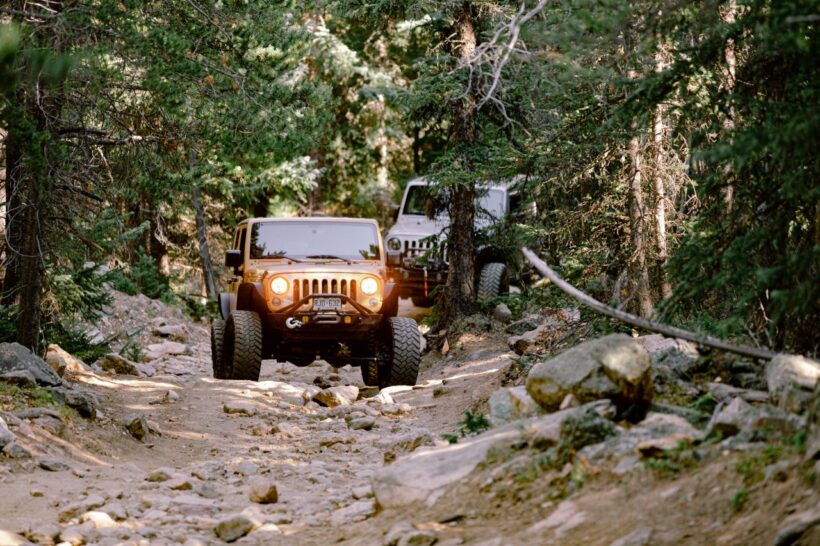
When taking your Jeep on the trail, it’s important to follow proper trail etiquette. Here are some important things to consider.
Leave No Trace
One of the most important aspects of trail etiquette is leaving no trace. This means you should pack out everything you bring, including trash and food waste. Additionally, avoid damaging the trail or surrounding areas. Stay on designated trails and avoid creating new ones, which can cause erosion and harm wildlife habitats.
Respect Wildlife
Keep a safe distance from any animals you encounter and avoid feeding them. Feeding wildlife can cause them to become dependent on humans for food and can lead to aggressive behavior. Additionally, avoid disturbing their natural habitat by staying on designated trails and avoiding loud noises.
Yield to Other Vehicles
When encountering other vehicles on the trail, always yield to the vehicle going uphill. This is because it’s easier for the vehicle going downhill to stop and start again. Additionally, if you come across a vehicle that needs assistance, offer to help if you can. It’s important to work together to ensure everyone’s safety on the trail.
Driving Techniques
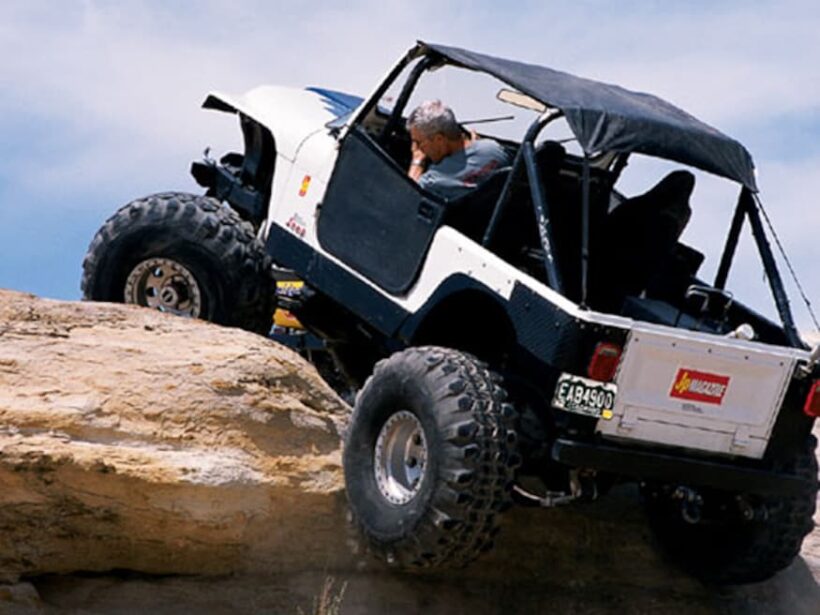
Knowing how to approach different obstacles and terrains can make all the difference in the success of your off-roading adventure. Here are some key techniques to keep in mind:
Approach and Departure Angles
Knowing your Jeep’s approach and departure angles is important before hitting the trail. To calculate your Jeep’s approach and departure angles, measure the distance from the center of the front or rear wheel to the lowest point on the bumper. Then, divide that measurement by the distance from the center of the wheel to the ground. The resulting number is your approach or departure angle.
Rock Crawling
When rock crawling, it’s important to maintain a slow, steady pace and to keep your wheels in contact with the rocks at all times. Use your Jeep’s low-range gearing to maintain control and traction on the rocks.
When navigating rocks, it’s important to use your Jeep’s differential lockers to distribute power to all four wheels. This will help prevent wheel spin and keep your Jeep moving forward.
Water Crossing
Before attempting a water crossing, it’s important to assess the depth and current of the water. Never cross water deeper than your Jeep’s air intake, as this can cause serious damage to your engine.
When crossing water, maintain a steady pace and avoid sudden stops or starts. Use your Jeep’s low-range gearing to maintain control and traction in the water. If the water is particularly deep or fast-moving, consider attaching a winch or tow strap to your Jeep before attempting the crossing.
Conclusion
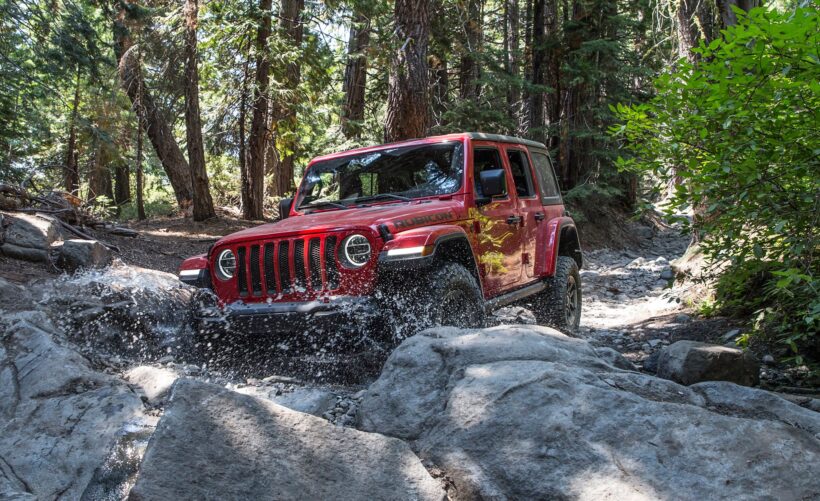
In conclusion, taking your Jeep on the trail can be an exciting and rewarding experience. However, it is important to prepare properly and have the right equipment to ensure a safe and enjoyable trip.

